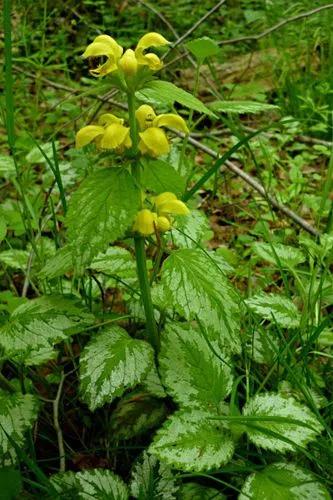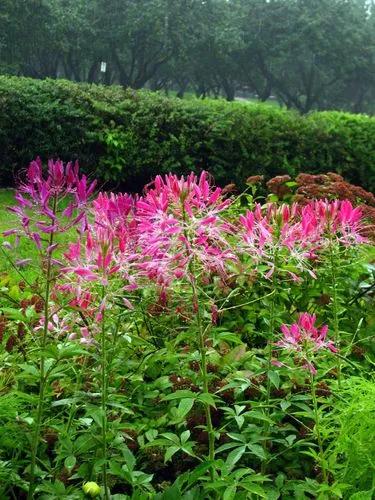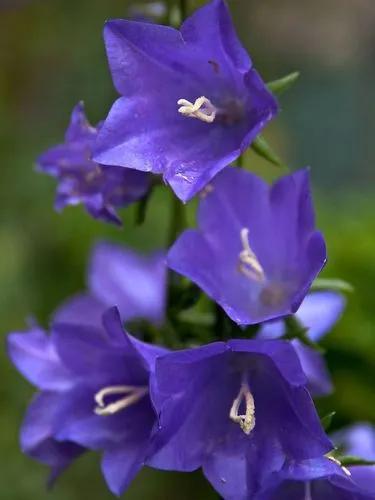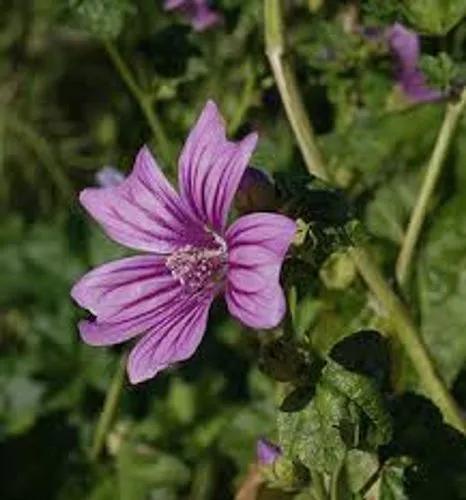If you are looking for a perennial plant that can survive a cold winter and bloom again with beautiful flowers in the spring, consider the Hardy Begonia.
Hardy Begonia Care
Begonia grandis
Other names: Hardy Begonias



Hardy Begonia is an herbaceous flowering plant native to Southern China and Japan. We can identify this plant as a perennial one. This plant has bright green heart-shaped leaves and dangling clusters of delicately fragrant pink or white flowers. The undersides of the leaves are bright red. Rarely exceeding 3 feet (1 m) in height or width, Begonia grandis pairs well with shrubs and trees.
How to Care for the Plant

Water

This plant likes a moist environment, so water it regularly. With insufficient watering, its leaves may wither and fall. However, excess water should be drained from the tray so as not to cause root rot.

Pruning

Withered flowers and leaves should be removed immediately to promote active plant growth. In addition, this way, you will avoid rotting of the plant and some diseases.

Fertilizer

This plant prefers liquid fertilizers and also likes compost mixed with peat moss. Feed your begonia regularly after flowering, about once a month.

Sunlight

Hardy Begonia likes bright but indirect sunlight, as direct rays can cause burns on the leaves. Therefore, place the pots on the western or eastern windows. Also, this plant likes long-term light, so you can grow it outside.

Soil

Begonia grandis grows well in well-drained mixtures of sandy soil, clay, and loam, but it also likes soilless environments. You can create them yourself using moss, bark, and perlite, or pick up a ready-made mixture at the store.

Propagation

You can propagate the plant using cuttings; the best time for this is late spring and early summer. Take a healthy and large cutting with a leaf, place it in moist soil, and put it in a warm and bright place. After some time, babies will appear.

Temperature

Despite its name, this begonia has specific tastes for heat. The ideal temperature for growth and development is 66-75°F (19-24℃) in summer. In winter, the temperature should not drop below 50°F (10℃).

Container

You can grow Hardy Begonia outdoors and indoors. In the second case, choose plastic containers with drainage holes. The pot should not be too large since the root system is small.

Fun fact

The famous garden writer Allen Lacy was a big fan of Begonia grandis.

Popularity

93 people already have this plant 25 people have added this plant to their wishlists
Discover more plants with the list below
Popular articles






